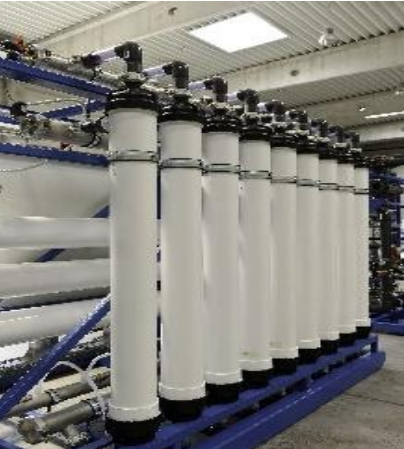The Importance of the Polymer Binder for Lithium-Ion Battery
Lithium-ion batteries have revolutionized the world of portable electronics and are increasingly being used in electric vehicles and renewable energy storage systems. One critical component of these batteries is the polymer binder, which plays a crucial role in their overall performance and durability. In this article, we will delve into the world of polymer binders for lithium-ion batteries and explore their importance and functions in detail.
Understanding Polymer Binders
Polymer binders are a vital component of the electrode materials in lithium-ion batteries. They are responsible for holding the active materials, such as lithium compounds, together in a stable structure. These binders are essentially polymers, which are large molecules consisting of repeating subunits. They are chosen for their ability to form a strong bond with the active materials and provide mechanical stability to the electrode.
Enhancing Electrode Adhesion
One of the key functions of the polymer binder is to improve the adhesion between the active materials and the current collector. The active materials in a lithium-ion battery electrode are typically in the form of powders, which can easily detach and degrade during cycling. The polymer binder acts as a glue, binding the active materials to the current collector and preventing their detachment. This enhances the overall electrode stability and prolongs the battery's lifespan.
Facilitating Ion Transport
In addition to improving electrode adhesion, the polymer binder also plays a crucial role in facilitating the transport of lithium ions within the battery. Lithium ions are the carriers of charge in lithium-ion batteries, and their efficient movement between the electrodes is essential for the battery's performance. The polymer binder helps create a network of interconnected pathways within the electrode, allowing for rapid and unhindered ion transport. This results in higher battery efficiency and faster charging/discharging rates.
Ensuring Electrode Flexibility
Flexibility is another important characteristic of a polymer binder in lithium-ion batteries. As the battery undergoes repeated charge-discharge cycles, the electrode materials expand and contract. A rigid binder would restrict these movements, leading to mechanical stress and premature electrode degradation. Polymer binders with appropriate flexibility can accommodate the volume changes without compromising the structural integrity of the electrode, ensuring the long-term stability and performance of the battery.
Preventing Electrode Swelling
During battery operation, the active materials in the electrode can undergo a volume change, leading to electrode swelling. This swelling phenomenon can cause mechanical stress on the electrode and result in capacity loss or even battery failure. Polymer binders with good swelling resistance can effectively mitigate this issue by providing mechanical support and preventing excessive expansion of the electrode. This enhances the overall safety and reliability of lithium-ion batteries.
Enhancing Thermal Stability
Thermal stability is a critical aspect of lithium-ion batteries, especially in high-performance applications. Polymer binders with high thermal stability can withstand the elevated temperatures that can be generated during battery operation. They prevent the binder from decomposing or melting, which could lead to the loss of electrode integrity and reduced battery performance. Choosing a polymer binder with excellent thermal stability is therefore crucial to ensure the safe and reliable operation of lithium-ion batteries.
Impact on Battery Energy Density
The selection of the polymer binder can also significantly impact the energy density of a lithium-ion battery. Energy density refers to the amount of energy that can be stored within a given volume or weight of the battery. By choosing a polymer binder with low weight and high compatibility with the active materials, the overall weight of the battery can be reduced, resulting in higher energy density. This is particularly important for applications where lightweight and compact batteries are desired, such as electric vehicles.
Considerations for Binder Selection
When selecting a polymer binder for lithium-ion batteries, several factors need to be considered. These include the binder's mechanical strength, adhesion properties, ionic conductivity, thermal stability, and compatibility with other battery components. Additionally, considerations such as cost, availability, and environmental impact should also be taken into account. A thorough understanding of these factors is crucial to choose the most suitable polymer binder for a specific battery application.
Future Developments and Innovations
The field of polymer binders for lithium-ion batteries is continuously evolving, with ongoing research and development aimed at improving battery performance and durability. Scientists and engineers are exploring new polymer materials and binder formulations to enhance adhesion, ionic conductivity, and thermal stability. Additionally, the use of advanced manufacturing techniques, such as 3D printing, is being investigated to create customized binder structures that optimize battery performance. These innovations are expected to drive the next generation of lithium-ion batteries with even higher energy density, longer lifespan, and improved safety.

